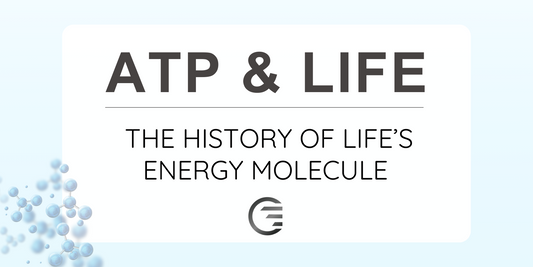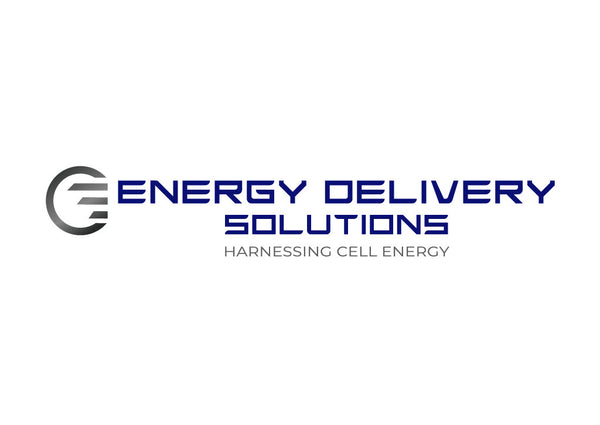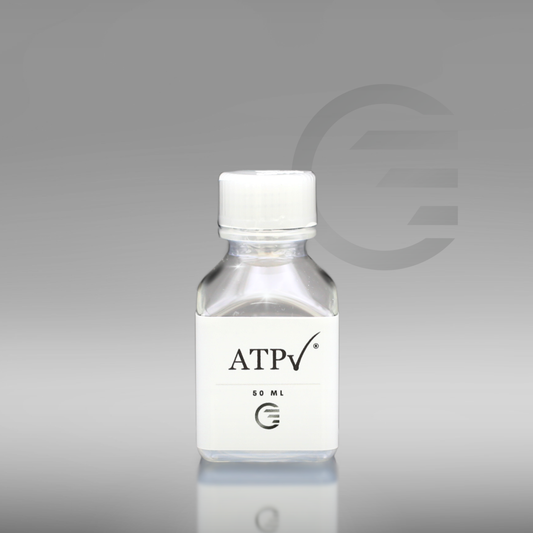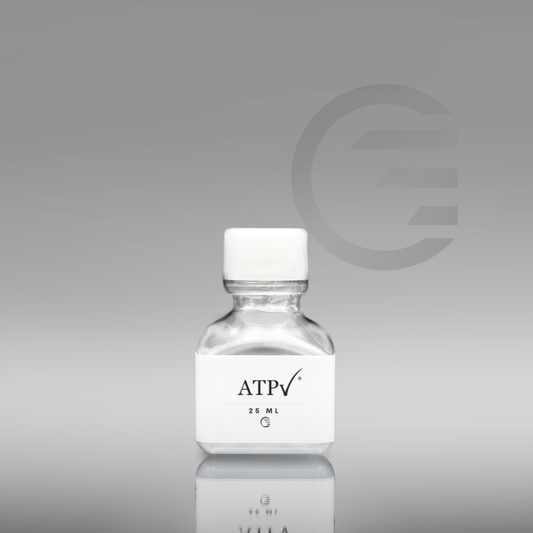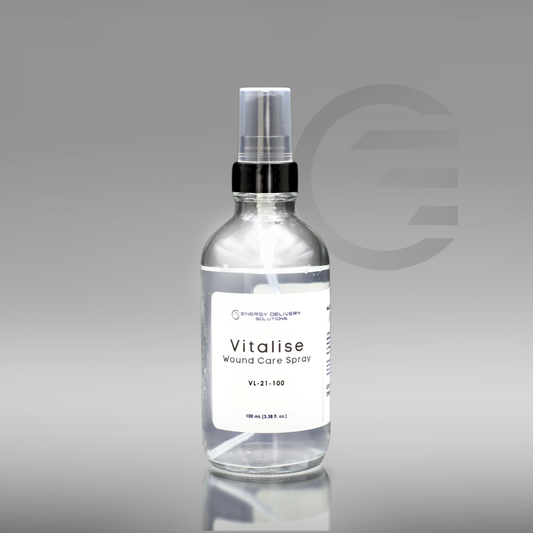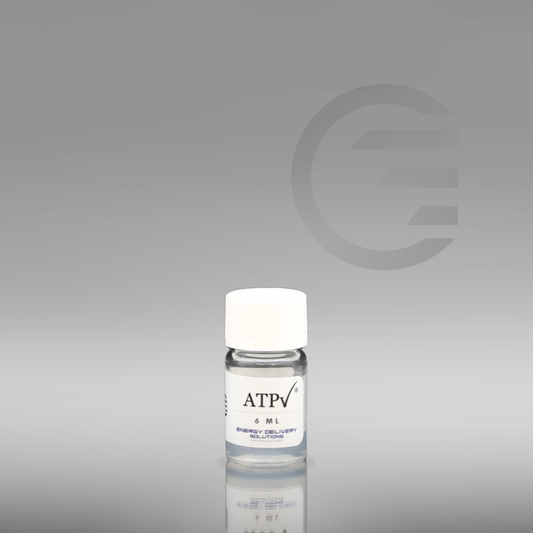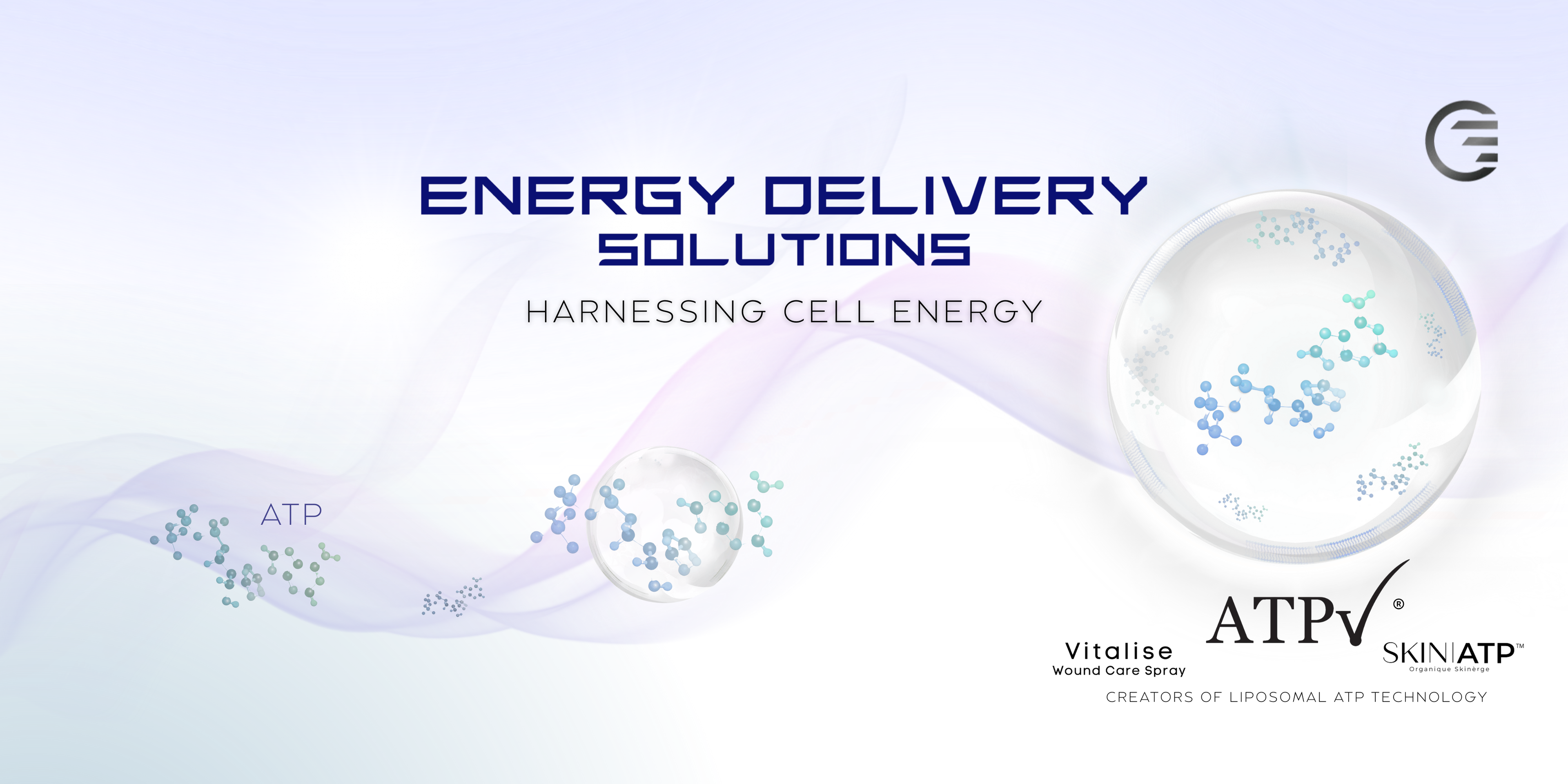
-
ATPv®, 50 mL
Regular price $275.00 USDRegular priceUnit price / per -
ATPv®, 25 mL
Regular price $160.00 USDRegular priceUnit price / per -
Vitalise Wound Care Spray
Regular price $350.00 USDRegular priceUnit price / per -
ATPv®, 6mL
Regular price $60.00 USDRegular priceUnit price / per
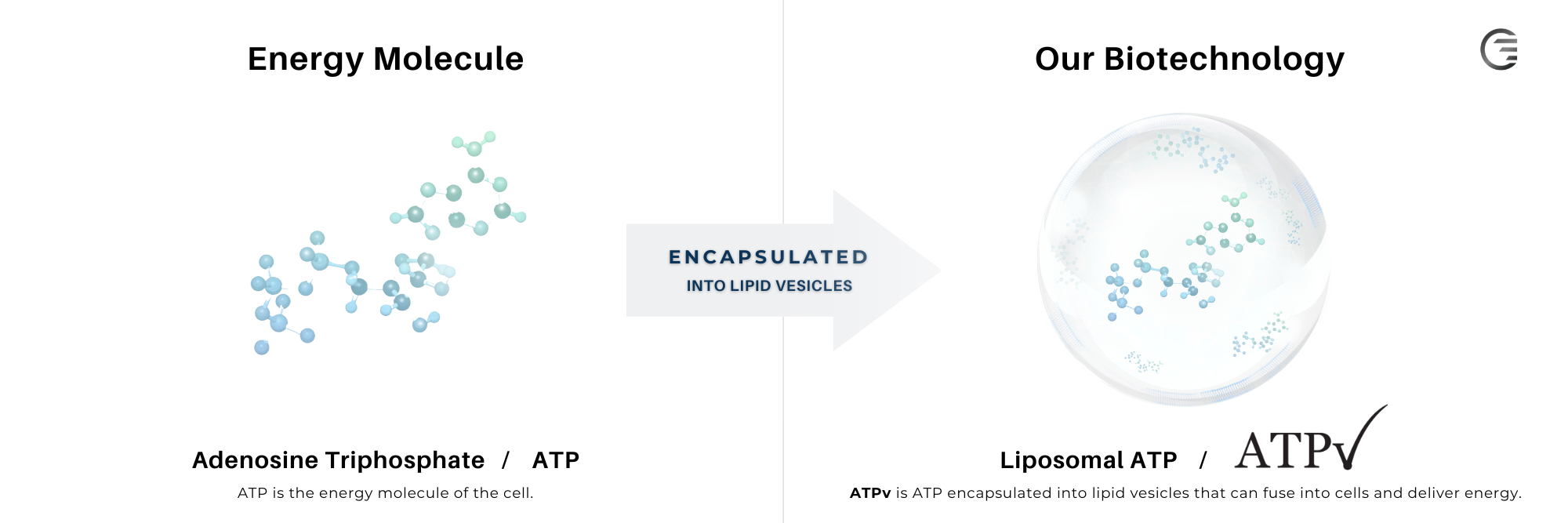

🔬 Here's The Big Idea
-
ATP KEEPS CELLS ALIVE
Adenosine triphosphate (ATP) is the source of energy for all cellular function; for production of proteins, formation of DNA, cell structure, production of lipids, and much more.
It is commonly referred to as the "energy currency" of the cell.
-
LIPID VESICLES OFFER EFFECTIVE DELIVERY OF ATP
Liposomes are made of the same material that make up our cell membranes. Liposomes are shaped like a small soap bubbles that contain can products both inside the membrane and inside the sphere. By changing the composition of the liposome, you can alter the fusion rates of the liposome with the cell, and thus deliver the contents inside of the cell.
-
WITH ATPv, ATP IS DELIVERED RAPIDLY TO THE CELL
Our unique liposomal ATP formula (ATPv) offers a rapid and controllable way of delivering ATP to the interior of the cell, which is significantly faster than using ATP alone.

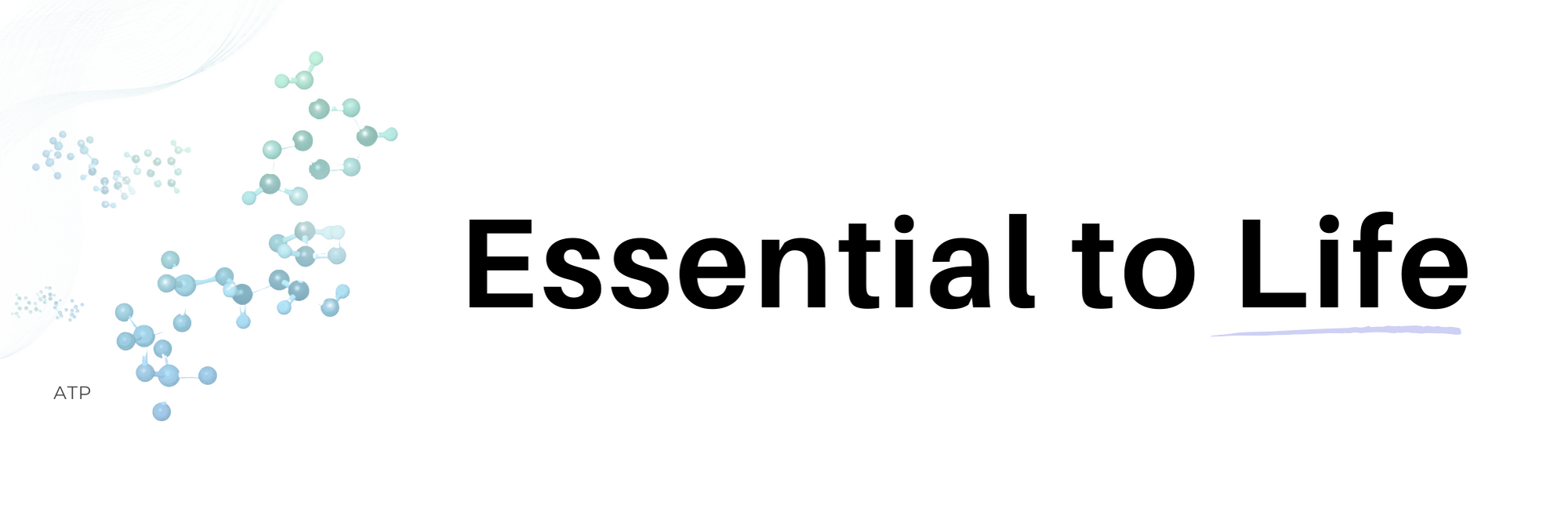
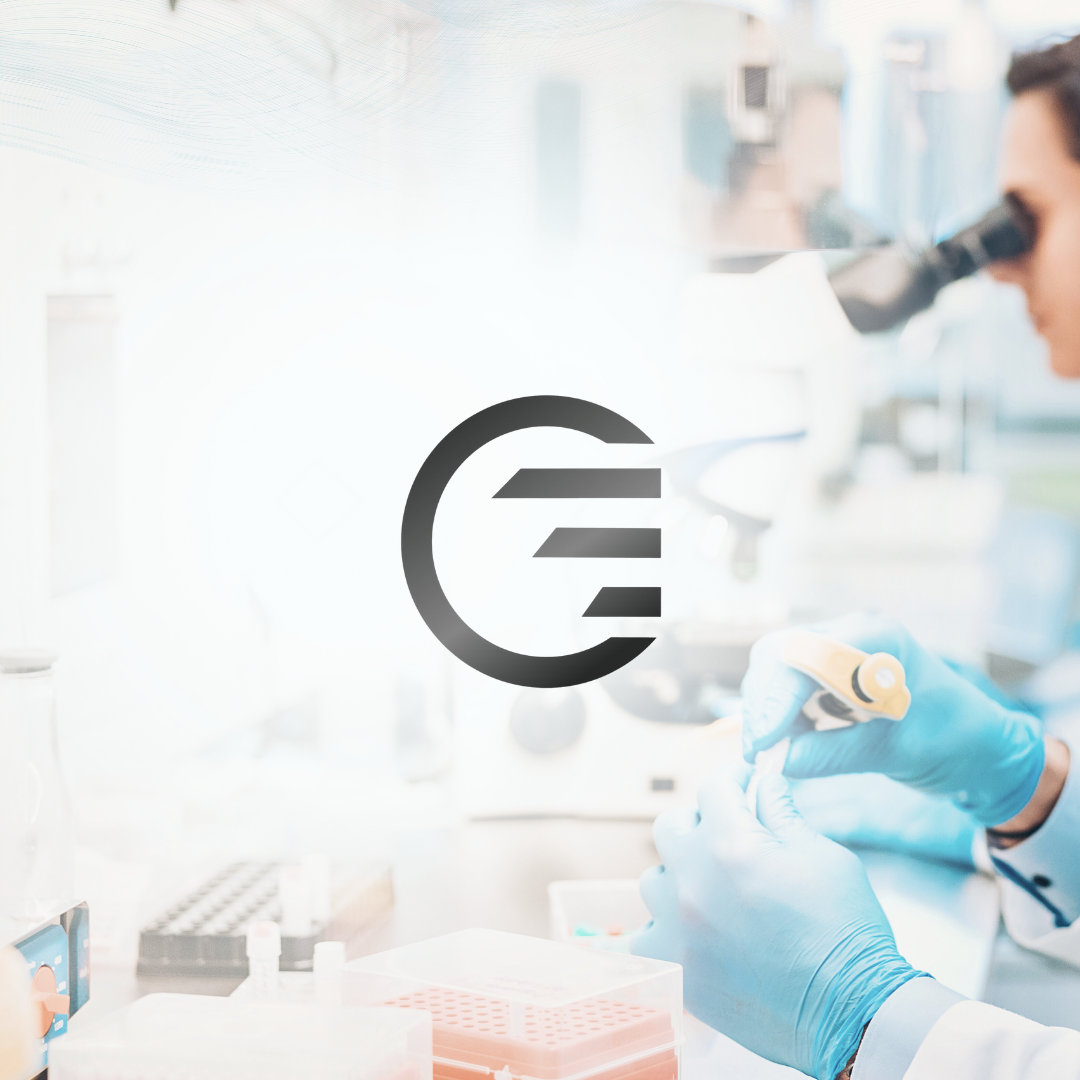
A future worth getting excited about.
With the advancement of cellular energetics, Energy Delivery Solutions is at the forefront of ATP exploration and the profound benefits it yields. Returning ATP to the cell affords opportunities to treat reduced blood (iscehmia) and low oxygen events (hypoxia). As exploration continues, the future of ATP medical modalities is on the horizon.
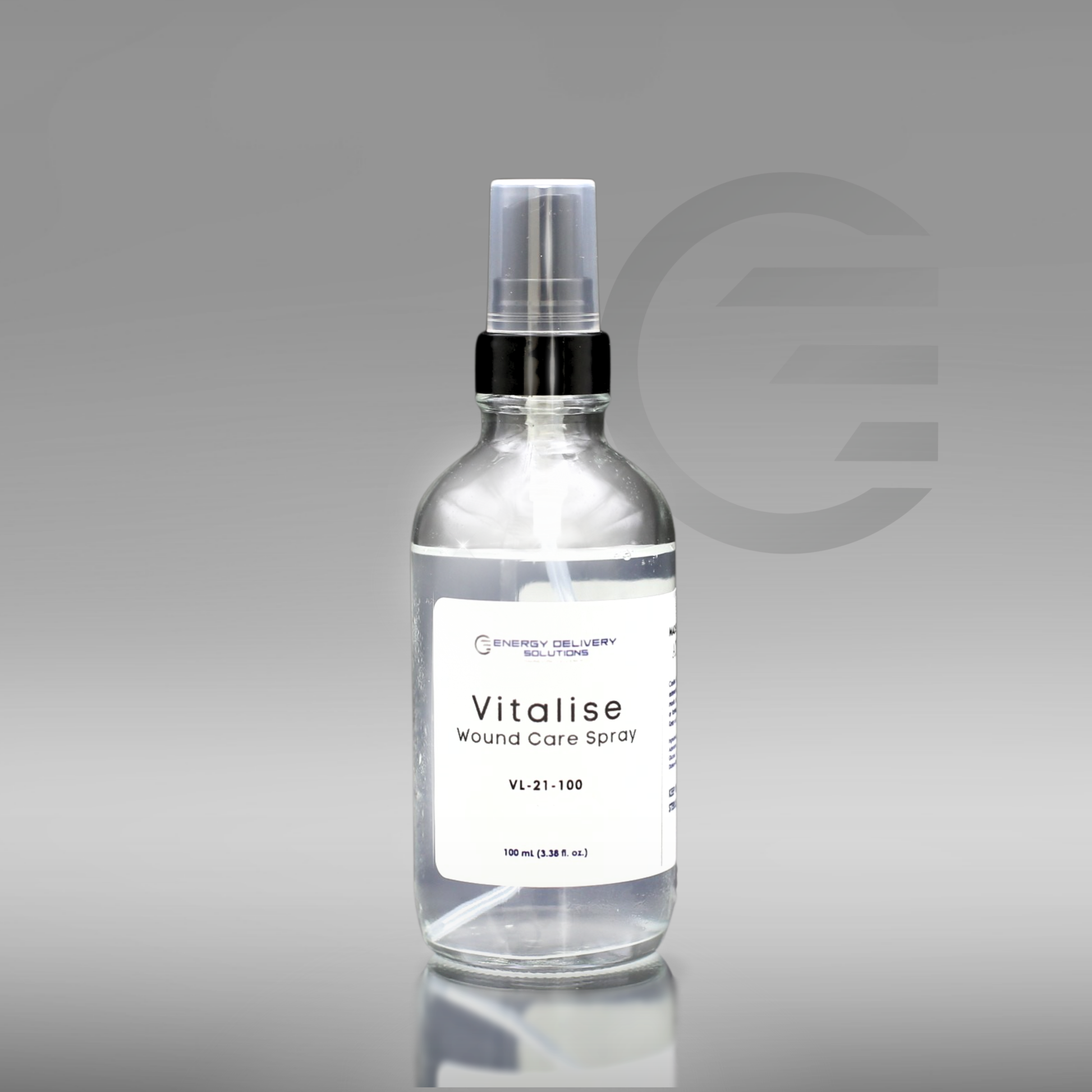
Energy Delivery Solutions
Vitalise Wound Care Spray
Share
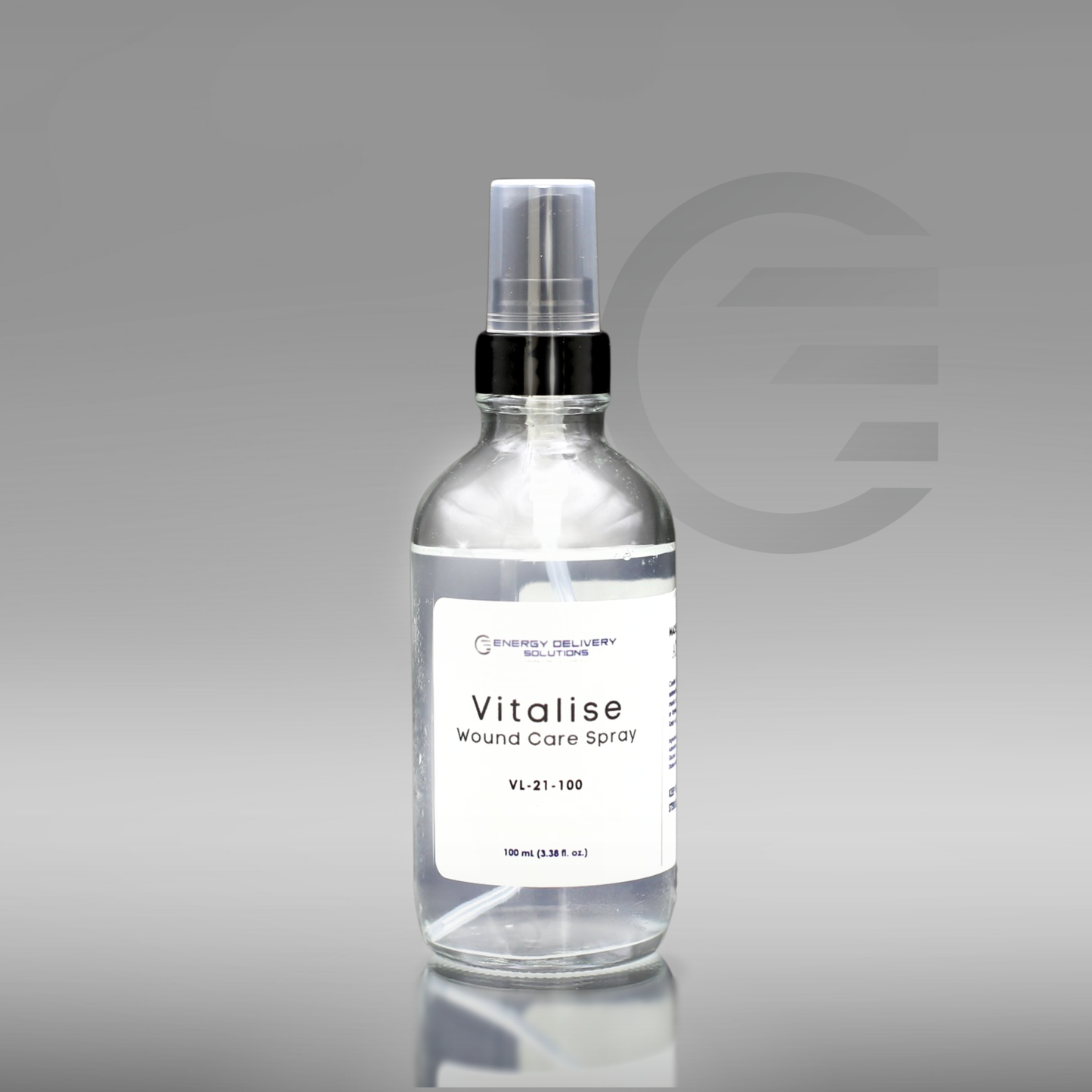
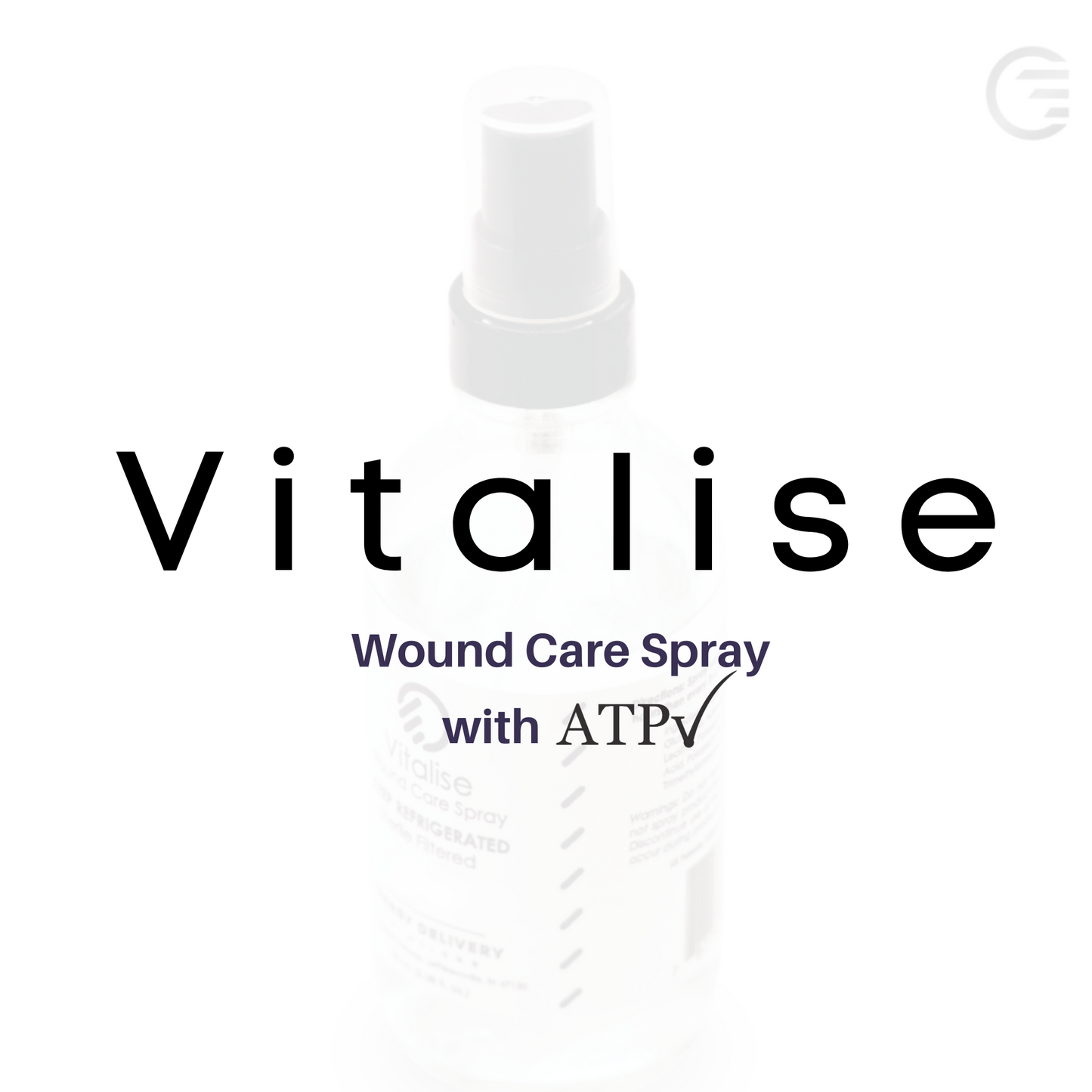

-

The EDS New Website Overview
Welcome to our new website experience. My name is Kristen, and I assist with order fulfillment here at EDS. I'm here to walk you through the many changes and benefits of...
The EDS New Website Overview
Welcome to our new website experience. My name is Kristen, and I assist with order fulfillment here at EDS. I'm here to walk you through the many changes and benefits of...
-
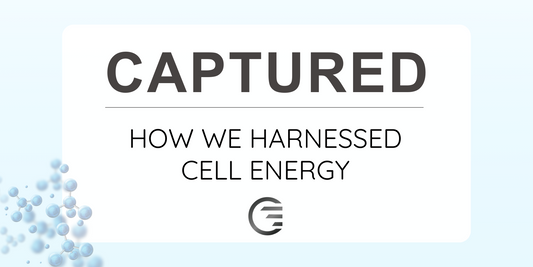
-
